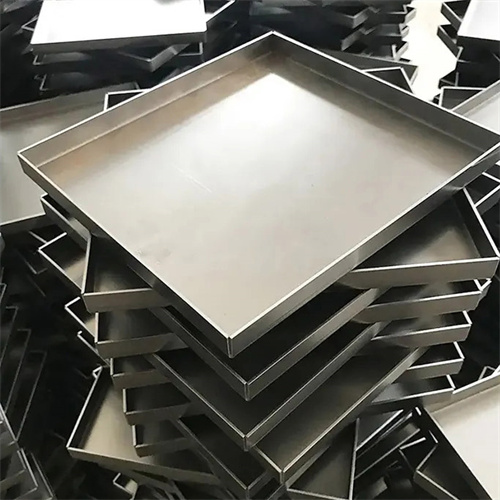Steel tape for armored cables
Armored cable steel tape is a protective steel tape wrapped around the outer layer of the cable. The armor layer is formed through spiral winding or longitudinal wrapping. Its high strength and corrosion resistance provide mechanical protection for the cable, preventing extrusion, stretching, and abrasion during installation and use. It is widely used in power cables, communication cables, submarine cables, and other fields. Its thickness typically ranges from 0.2-1.6mm and its width ranges from 20-100mm. It is typically made of Q235 or Q345 carbon steel or galvanized steel, with stainless steel used in some specialized environments. It has a tensile strength of ≥375MPa and an elongation of ≥15%, ensuring it will not break during the winding process.
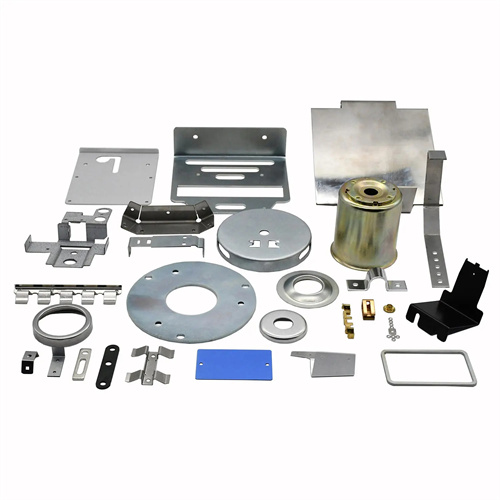
The production process for armored cable steel strip involves hot rolling, cold rolling, heat treatment, and surface treatment. First, hot-rolled steel strip with a thickness of 2-4 mm is selected and pickled to remove scale. The surface roughness is controlled to Ra ≤ 1.0 μm. The cold rolling process uses a four-roll cold rolling mill with two to three passes, achieving a total reduction of 40%-60%, a thickness tolerance of ±0.01 mm, and a flatness of ≤ 1 mm/m to ensure uniform tension during winding. Heat treatment involves low-temperature annealing (600-650°C, 1-2 hours of holding) to eliminate cold rolling stress, reduce the steel strip’s hardness to HB80-100, and improve its flexibility. Surface treatment is selected based on requirements. For standard environments, hot-dip galvanizing is used, with a zinc coating thickness of ≥ 80 g/m² (single-sided) and a salt spray test of ≥ 500 hours. For corrosive environments, a combined galvanizing and plastic coating treatment is used, with a coating thickness of ≥ 50 μm and an adhesion of ≥ 3 N/mm. Finally, the film is slit to the target width with no burrs on the edges (≤0.05mm). The winding tension is constant to avoid loose or over-tightening.
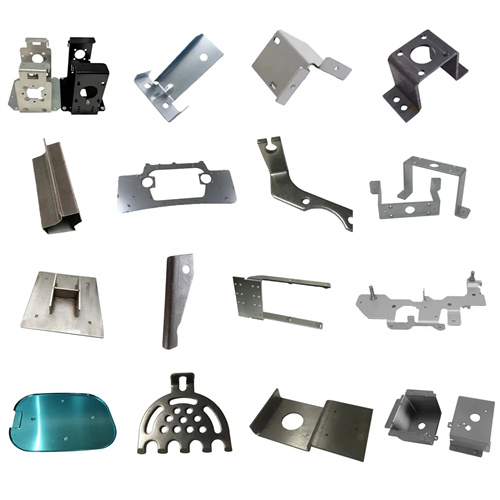
The performance advantages of steel tape for armored cables make it a key material for cable protection. First, it offers excellent mechanical protection. Q345 steel tape has a tensile strength of ≥470 MPa and can withstand radial pressures of ≥5 kN, protecting the cable insulation from damage during underground installation or pipework. Second, it offers excellent bending properties, exhibiting no cracking at a bend radius ≥2 times its thickness. It is suitable for spiral winding (pitches are 1.5-2 times the tape width), ensuring a tight fit between the cable and the armor layer. Third, it offers outstanding corrosion resistance. Galvanized steel tape has a corrosion rate of ≤0.02 mm/year in soil environments and, when combined with a plastic coating, can last for over 15 years in saline-alkali and coastal areas. Fourth, it offers efficient construction adaptability. With a width deviation of ≤±0.1 mm, it ensures uniform wrapping overlap (15%-20%) and increases installation speed by 30%. Fifth, it offers significant cost advantages, reducing costs by over 60% compared to copper tape armor and 40% compared to stainless steel tape, making it suitable for large-scale applications.
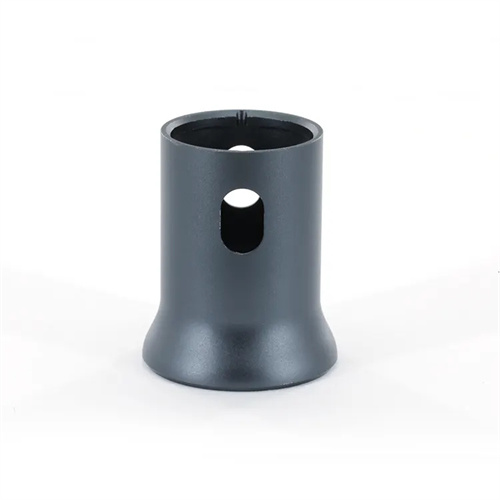
Across various applications, steel tape for armored cables is a crucial protective layer for all types of cables. In the power cable sector, high-voltage cables of 10kV and above utilize 0.8-1.2mm thick galvanized steel tape with a diameter of 50-150mm to protect the cables against soil pressure during direct burial. In the communications cable sector, optical fiber cables utilize 0.3-0.5mm thick cold-rolled steel tape for the armor layer, using a longitudinal wrapping process to create a closed barrier against rat bites and mechanical damage. In the submarine cable sector, deep-sea cables utilize 1.2-1.6mm thick galvanized and plastic-coated steel tape, combined with steel wire armor, to resist seawater corrosion and ocean currents. In the mining cable sector, underground cables utilize 0.5-0.8mm thick high-strength steel tape to withstand harsh, humid, and dusty environments. In the building cable sector, cables laid in vertical shafts utilize 0.4-0.6mm thick steel tape armor to protect against mechanical impact during fires.
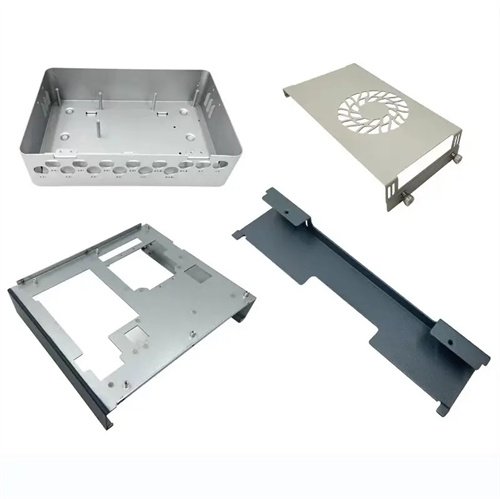
Industry trends indicate that steel strips for armored cables are moving toward high strength, high corrosion resistance, and lightweight construction. The use of high-strength low-alloy steel (such as Q460) strips increases tensile strength by 20% at the same thickness, enabling a 10%-15% reduction in thickness. Upgrades to corrosion-resistant coatings (such as zinc-nickel alloy plating and graphene-modified coatings) have increased salt spray resistance to over 1,000 hours. Breakthroughs in the production of ultra-thin steel strips (thickness ≤ 0.15mm) meet the lightweighting needs of micro cables. Intelligent production is being promoted, utilizing online tension control and edge trimming to ensure a steel strip width tolerance of ≤ ±0.05mm. Green processes, through waste heat recovery and zinc slag recycling, reduce production energy consumption by 20% and increase zinc utilization to 95%. In the future, with the development of new energy cables and deep-sea cables, demand for high-performance armored steel strips will continue to grow, driving the industry to achieve greater breakthroughs in material innovation and process optimization.
